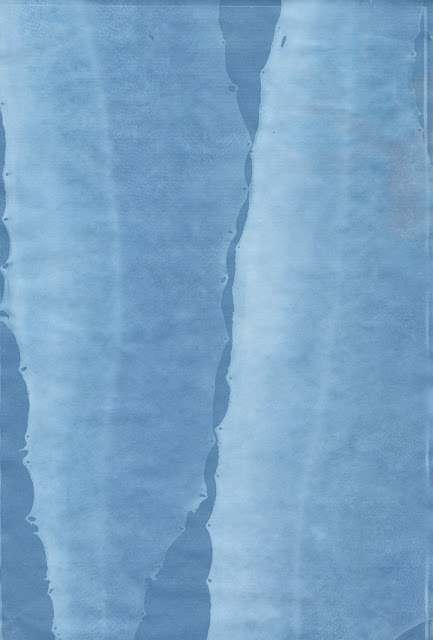Ernst Collin (5.31.1886-12.1942), the grandson of Wilhelm and son of Georg, followed in the family tradition and learned the trade of bookbinder initially. However, where he apprenticed and worked during his journeyman years is not known. Likewise, nothing is known about his childhood or personal life beyond what he wrote about his grandfather and father.
What little we do know comes from Ernst’s writings, where he described studying for a semester under Paul Kersten in the first class of the Kunstklasse
of the Berliner Buchbinderfachschule für Kunstbuchbinderei directed by Gustav Slaby in 1904.
1 The Kunstklasse (Art class) at the Fachschule Ernst Collin mentioned himself studying with
Paul Kersten and others at in “Ein viertel Jahrhundert kunstbuchbinderischer Erziehung - 25 Jahre Berliner Kunstklasse“ (
Archiv für Buchbinderei, Vol. 29, Nr. 9, 1929. (106-108)), was not mentioned at all in my new acquisition, nor was Kersten mentioned in the list of faculty. Re-reading Collins article about a quarter century of the Kunstklasse I learned that it had been a part of the Guild's Fachschule, but that split apart after 19 years in 1923. The Kunstklasse then moved to an arts & crafts school in Charlottenburg in the western part of Berlin. According to Collin, the split happened due to differences in pedagogy and philosophy, the Kunstklasse being there to teach students to be free from creative constraints, whereas the Guild's more rigid approach was geared to the trade. Those differences were also apparent when I visited the Berufsschule (trade school) during my apprenticeship.
However, as G.A.E. Bogeng wrote in his introduction to Collin’s antiquarian catalog, Collin worked as a bookbinder for many years in Germany and England.
2 Ultimately, Ernst chose to follow a different path: antiquarian and writer.
Über Ernst Collin (31.5.1886-[12.1942]) selbst ist sehr wenig bekannt, obwohl er in einer kleinen Anzahl von Aufsätzen Details über seinen Werdegang erwähnt hat. Aus diesen wissen wir, dass er das Buchbinderhandwerk erlernt hat, doch nicht, ob und wo er eine Lehre absolviert hat. Ebensowenig ist bekannt, wie er zum Schreiben gefunden hat.
Als Buchbinder erwähnt wurde Collin in seinem Aufsatz „Ein viertel Jahrhundert kunstbuchbinder-ischer Erziehung - 25 Jahre Berliner Kunstklasse“ wo er schrieb, daß er 1904 ein Semester lang bei Paul Kersten studiert hat, in der ersten [Kunst]Klasse dieser Schule überhaupt.1 Letzen Endes schlug Collin aber eine andere Laufbahn ein, die des Antiquars und Schriftstellers.
 |
Advertisement for the Buchbinder-Fachschule, 1921.
From L. Brades illustriertes Buchbinderbuch, edited and reworked by Paul Kersten, 1921. |
- Collin, Ernst. “Ein viertel Jahrhundert kunstbuchbinderischer Erziehung - 25 Jahre Berliner Kunstklasse.“ Archiv für Buchbinderei, Vol. 29, Nr. 9, 1929. (106-108)
- Bücher für den Bibliophilen. Corvinus-Antiquariat Ernst Collin GMBH. [1923]





































